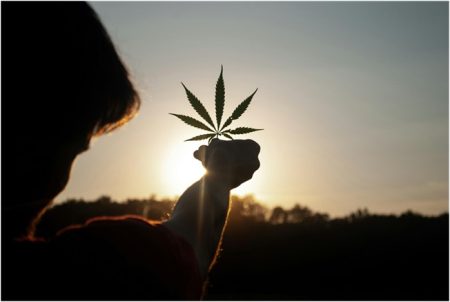The non-psychoactive cannabis compound cannabidiol (CBD) is rapidly gaining household name status due to its impressive medicinal and therapeutic potential. As an increasing number of prospective consumers look to experiment with CBD as a natural health supplement, it’s worth noting that not all products in the industry are created equal. Whether it be in oil, topical or powder form, the main determinant of quality in a CBD product is its potency — which is in turn determined by the extraction method used in its manufacturing process.
In order to create high-purity CBD isolate, prudent CBD companies invest in state-of-the-art facilities and equipment to create products that stand out on the shelves; not only in terms of branding, but quality as well. Let’s go over the basics of the industry’s most common CBD extraction methods, as well as their respective upsides and downsides.
Solventless CBD Extraction
Solventless CBD extraction involves the use of temperature, pressure or even friction to separate small trichomes and cannabinoids from hemp flowers. Most solventless extraction methods are done by hand, with the help of common household items like a press, freezer or kitchen stove.
Steam distillation, for example, uses boiling water and an R.B. flask to pass steam through plant matter, sending oils upward with the vapor into a condenser. This mix of water and oil can then be refined into full-spectrum CBD.
Solventless CBD extraction is favored by DIYers when making homemade CBD oils, vape cartridges and infusions. While the absence of solvents translates to less risk of a contaminated final solution, it’s practically impossible to isolate CBD from secondary cannabinoids and flavonoids. This makes solventless extraction a low-cost and low-risk method with the downside of producing low potency CBD yields.
Also Read: What Is the Difference Between CBD and CBC?
Solvent Extraction
Solvent extraction uses a stripping agent to separate plant matter from its primary and secondary compounds over time before the agent is evaporated. Common solvents used in this method vary from natural substances like olive oil to ethanol, with the latter being much more efficient at breaking down unwanted compounds. In some cases, synthetic solvents or hydrocarbons like butane and hexane are used to increase the speed of the separation process.
Solvent extraction is favored by smaller companies with more modest production budgets, as well as serious DIY hobbyists. While it’s a low-cost, low-production time method for producing CBD products, the downside of solvent extraction is in its inherent risk of toxic residue — even after the refinement process.
While this risk can be mitigated by using natural oils, they make poor solvents overall. This can impact product potency and even retain some unwanted compounds, such as chlorophyll.
Supercritical CO2 Extraction
Companies at the top of the industry stay ahead of the competition by marketing quality products with superior potency. During the extraction phase of manufacturing, nearly all of these companies use a complex machine process known as supercritical CO2 extraction to create the highest potency CBD isolates in the industry.
With a simultaneous application of pressure and temperature, CO2 is rendered into a “supercritical” state. Carbon dioxide behaves as a gas under normal conditions, and as dry ice when cooled or pressurized appropriately. When pushed beyond its critical pressure and temperature, it is rendered into a fluid state, and can be extremely effective at isolating select cannabinoids when forced through plant matter.
Also Read: 6 Benefits Of Using CBD Products You Must Know
While being an extremely low-risk and low-production time method, supercritical CO2 extraction is costly in terms of the price of the machinery involved, their maintenance and the spacious facilities needed to house them. For this reason, this cutting edge extraction method is inaccessible to DIYers and smaller product manufacturers.






